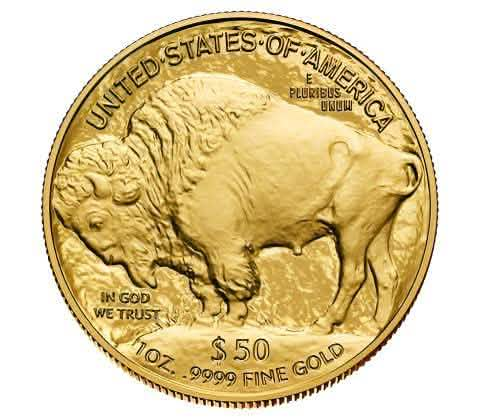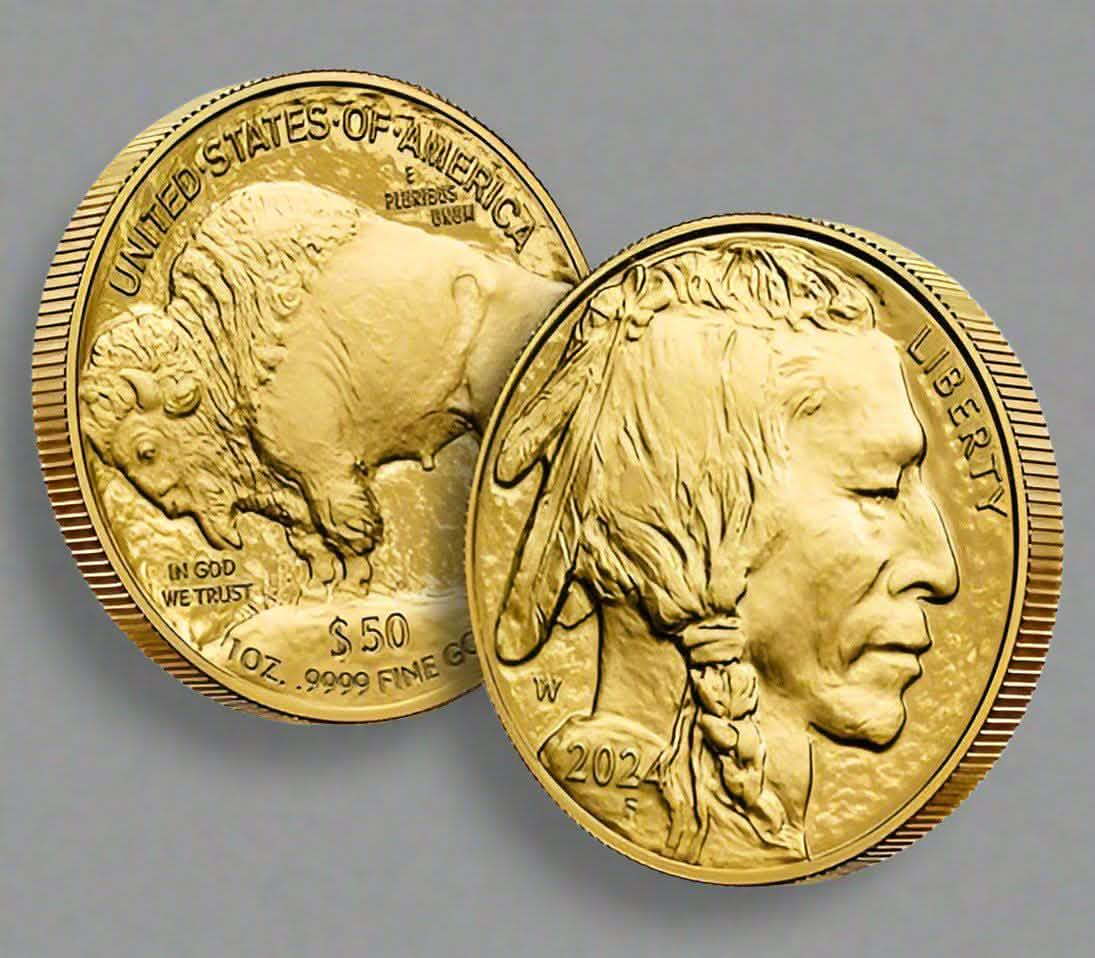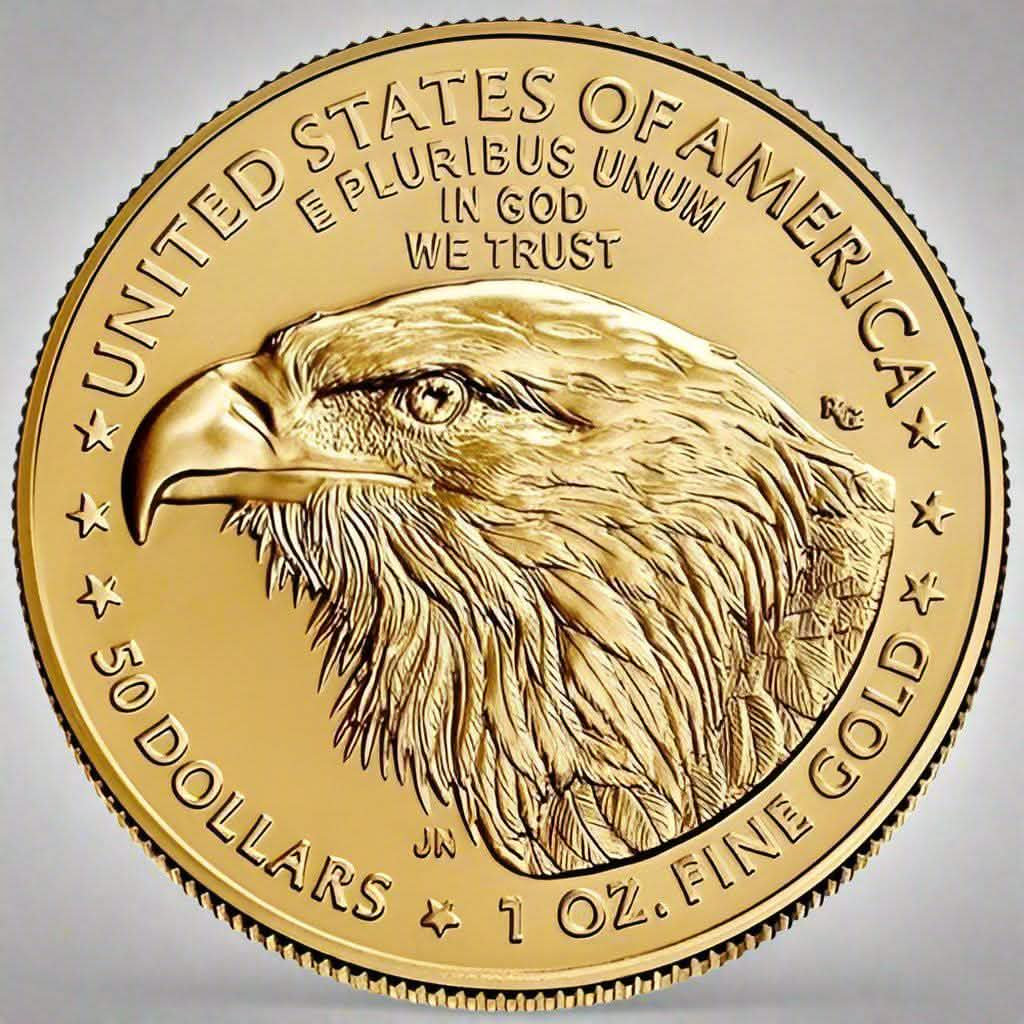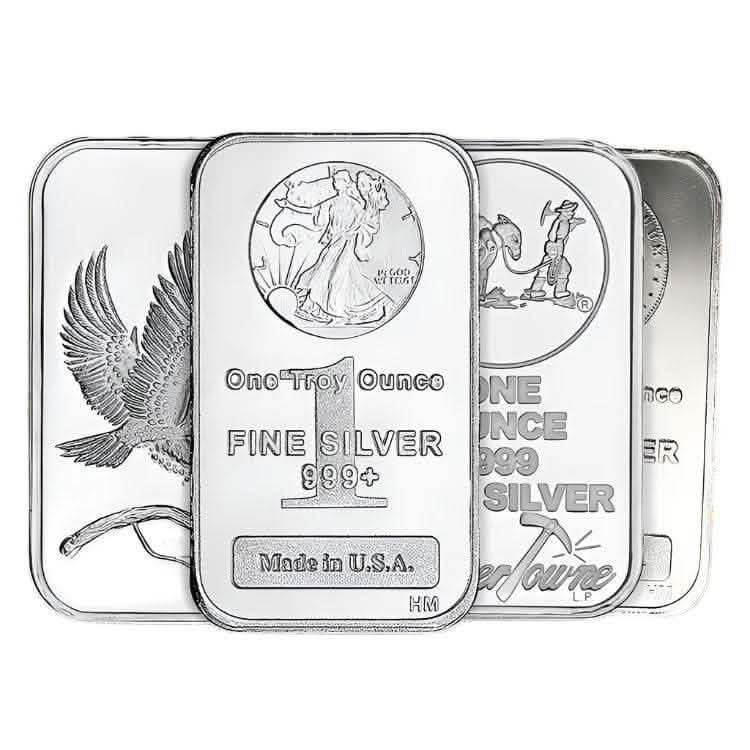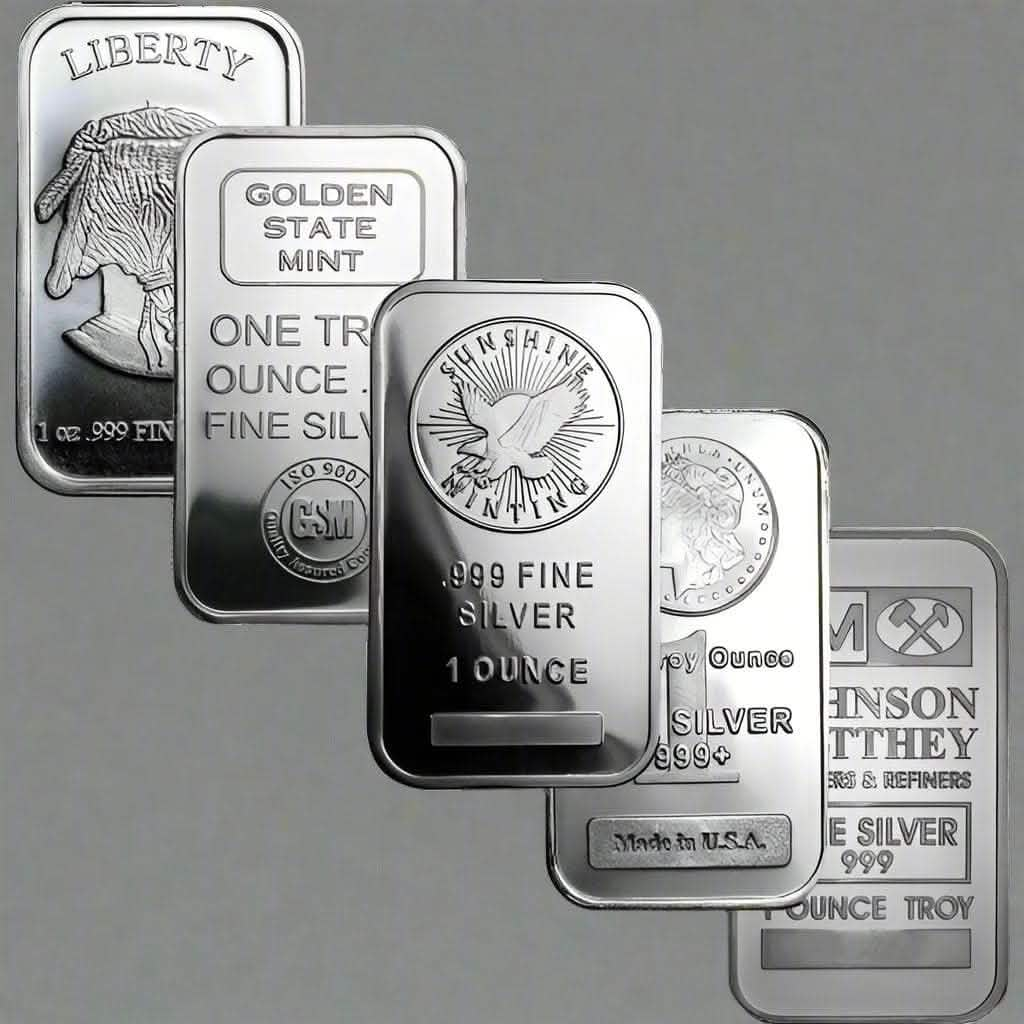What is Palladium Used For? Palladium, a highly versatile and rare metal, is quietly making its mark in various industries and captivating metal enthusiasts worldwide. Though not as widely discussed as gold or silver, its importance is growing, thanks to its unique properties and wide range of applications. This blog post will explore how palladium is being used today and why it’s capturing the attention of so many.
A Brief Introduction to Palladium
Palladium is a shiny, silver-white metal discovered by William Hyde Wollaston in 1803. It belongs to the platinum group of metals, which also includes platinum, rhodium, ruthenium, iridium, and osmium. The metal's name was inspired by the asteroid Pallas, which was discovered around the same time. Palladium boasts impressive properties such as corrosion resistance, a high melting point, and excellent catalytic abilities, making it indispensable in various fields. What is Palladium Used For?
Why Palladium is Gaining Popularity
In recent years, the demand for palladium has surged, mainly because of its critical role in reducing vehicle emissions. But this is just one aspect of its popularity. Metal enthusiasts are increasingly interested in palladium due to its scarcity, aesthetic appeal, and investment potential. Its rarity makes it more valuable than gold, and its price has steadily increased over the past decade. What is Palladium Used For?
Palladium in the Automotive Industry
The automotive industry is the largest consumer of palladium. In catalytic converters, palladium is crucial in reducing harmful vehicle emissions. By converting toxic gases like carbon monoxide, nitrogen oxides, and hydrocarbons into less harmful substances, palladium helps meet stringent environmental regulations. This application alone accounts for over 80% of the global palladium demand.
Palladium's Role in Electronics
Palladium's excellent conductivity and resistance to corrosion make it an ideal choice for electronic applications. It is widely used to produce multilayer ceramic capacitors (MLCCs), essential components in smartphones, laptops, and other electronic devices. These capacitors help manage power distribution and maintain signal stability, ensuring the smooth functioning of our gadgets.
A Shimmering Choice in Jewelry
Palladium's resemblance to platinum and white gold has made it a popular choice for jewelry. Its hypoallergenic properties make it suitable for individuals with sensitive skin. Palladium is also lighter than platinum, making it comfortable to wear daily. This metal is often used in engagement rings, wedding bands, and other fine jewelry pieces, offering a unique and sophisticated alternative to traditional materials.
Palladium in Dentistry
Dentists have utilized palladium alloys for decades, particularly in dental crowns and bridges—the metal's biocompatibility and resistance to tarnish make it an excellent option for dental applications. Palladium alloys provide strength and durability to dental restorations while maintaining an aesthetically pleasing appearance.
Palladium's Role in Water Treatment
Palladium's catalytic properties extend beyond the automotive industry. It is increasingly used in water treatment to remove pollutants such as nitrates and nitrites. By breaking down these harmful substances into harmless nitrogen gas, palladium helps ensure clean and safe water for consumption and environmental preservation.
Innovative Uses in Hydrogen Storage
Palladium's unique ability to absorb hydrogen gas has led to its use in hydrogen storage and purification systems. This property allows palladium to hold hydrogen atoms within its crystal structure, making it an essential component in hydrogen fuel cells. These fuel cells offer a clean energy alternative that many industries are beginning to explore.
The Metal's Role in Investment
Due to its rarity and increasing demand, palladium presents an attractive opportunity for investors. Like gold and silver, palladium is traded on global markets, and its value has grown significantly over the years. Many enthusiasts view palladium as a safe-haven asset capable of diversifying their portfolios and providing potential returns during economic uncertainties.
Palladium in the Field of Medicine
Palladium is gaining recognition in the medical field for its potential applications in cancer treatment. Researchers are exploring the use of palladium-based compounds in photodynamic therapy, a form of cancer treatment that targets and destroys cancerous cells. This emerging application highlights palladium's potential to advance medical technologies.
Palladium's Environmental Impact
While palladium's role in reducing vehicle emissions is well-known, its environmental impact extends beyond that. By contributing to cleaner air and water, palladium helps preserve ecosystems and wildlife. However, mining and processing operations must be managed responsibly to minimize environmental harm.
The Future of Palladium
The future of palladium looks promising as industries continue to discover new ways to utilize this versatile metal. Its potential is vast, from clean energy solutions to advanced medical applications. Metal enthusiasts can anticipate further developments that showcase palladium's unique properties and contributions to modern technologies.
Conclusion A Metal Worth Your Attention
Palladium is a fascinating metal with diverse applications that are transforming industries and capturing the interest of metal enthusiasts. Its exceptional properties and rarity make it a valuable asset in today's world. Whether you're interested in its role in emissions reduction, electronics, or investment opportunities, palladium is undoubtedly a metal worth exploring further. Keep an eye on its evolving applications and consider how this remarkable element might contribute to your pursuits.
